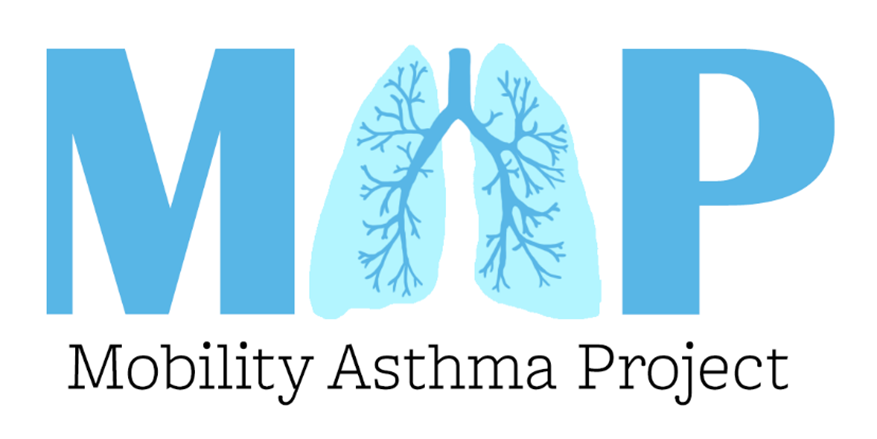Mobility Asthma Project (MAP)
Studying the impact of Baltimore’s housing mobility program on asthma exposures and outcomes.
Background: Children living in poor-urban neighborhoods bear a high burden of asthma morbidity, and there is strong evidence that housing-related environmental exposures such as pest allergens are a major driver of this excess asthma morbidity. Historic residential discrimination together with systemic disinvestment in neighborhoods have contributed to poor neighborhood and housing conditions, which make successful mitigation of housing-related exposures difficult, and in many cases, impossible. In contrast, housing mobility programs, where families are supported in moving to less segregated communities, may address the root- causes of the exposures that drive asthma disparities, while also serving as a tool by which we can parse the role of various housing and neighborhood exposures and understand their long-term effects on asthma.

Approach: Working with the Baltimore Regional Housing Partnership, the Mobility Asthma Project (MAP) recruited children with asthma who move from higher- to lower-poverty neighborhoods. Through home visits and surveys, the study collects information on asthma symptoms, exposures, lung function growth, and stress.
Findings: Children with asthma who participated in Baltimore’s housing mobility program had significant reductions in their asthma exacerbations and symptoms. Results from the first year of follow-up are reported in JAMA. Longer-term follow-up is on-going.
Team: The study team is led by Craig Pollack, Elizabeth Matsui at the University of Texas at Austin, and Corinne Keet at the University of North Carolina at Chapel Hill. The team includes Laken Roberts, Roger Peng, Torie Grant, Stefanie DeLuca, Ana Rule, Meghan Davis, Rosalind Wright, Pete Cimbolic, and Rebecca Smith.
Funding: The project is supported by the National Institute of Environmental Health Sciences (R0 ES026170).
